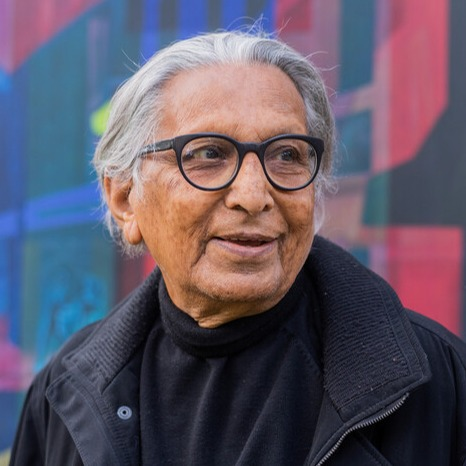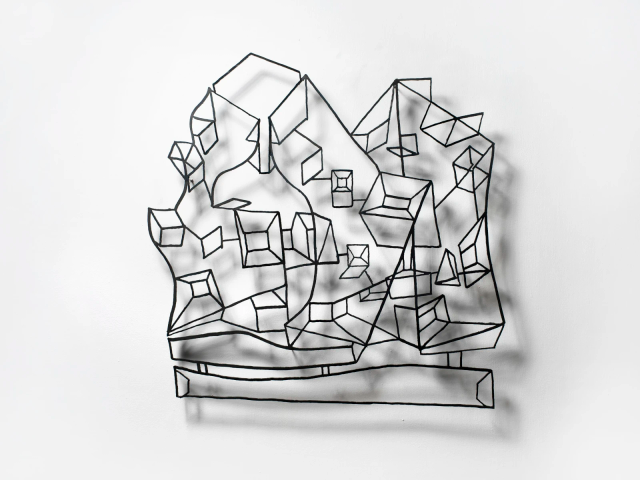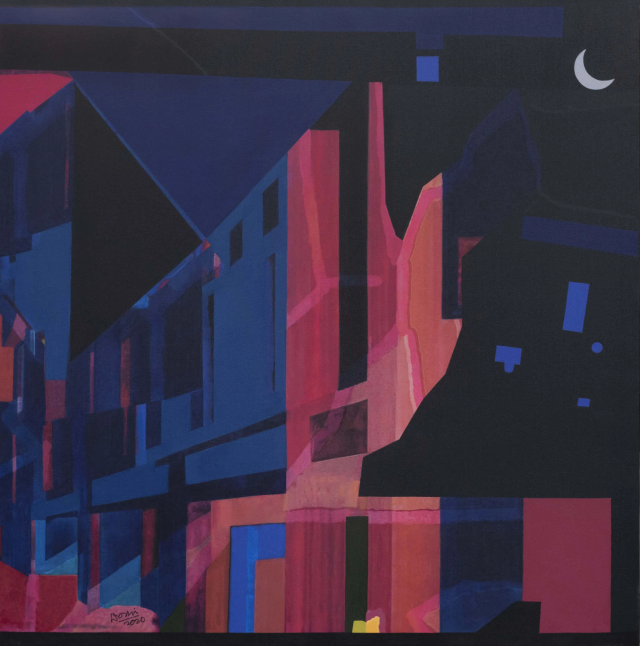
B. V. Doshi
Balkrishna Vithaldas Doshi is an Indian architect renowned for his significant impact on South Asian architecture and remarkable contributions to the development of architectural discourse in India. One of Doshi's most famous works is the Indian Institute of Management in Bangalore.
Biography of the B. V. Doshi
Balkrishna Doshi was born in Pune in 1927. He pursued his architectural studies at the Sir J. J. School of Architecture in Mumbai. From 1951 to 1954, he gained valuable experience working with Le Corbusier as a senior designer in Paris, followed by several years supervising Corbusier's projects in Ahmedabad, India. He also collaborated with Louis Kahn as an associate, contributing to the construction of the Indian Institute of Management in Ahmedabad and maintaining a fruitful partnership for over a decade.
In 1956, Doshi founded his architectural studio Vastu-Shilpa with two other architects. Today, Vastu-Shilpa has five partners spanning three generations and sixty employees. Since the establishment of the firm, they have successfully completed over 100 projects together. Among their notable constructions are IIM Bangalore, IIM Udaipur, National Institute of Fashion Technology in New Delhi, Tagore Memorial Hall in Ahmedabad, IFFCO Township in Kalol, Aranya Low-Cost Housing in Indore, and the renowned Amdavad di Gufa which featuring the works of M.F. Husain. Doshi also established the Vastu Shilpa Foundation for Studies and Research in Environmental Design, aiming to develop indigenous design and planning standards appropriate for India's socio-cultural and environmental context. The foundation serves as a bridge between academics and professional consultants and has done pioneering work in low-cost housing, documentation, and city planning.
In addition to his architectural achievements, Doshi was celebrated as an educator and institution builder. He served as the first founder Director of the School of Architecture in Ahmedabad from 1962 to 1972, the first founder Director of the School of Planning from 1972 to 1979, and the first founder Dean of the Centre for Environmental Planning and Technology from 1972 to 1981. He played a key role in the establishment of the Visual Arts Centre and the Kanoria Centre for Arts in Ahmedabad.
In 2018, he became the first Indian architect to be honored with the prestigious Pritzker Prize, followed by the Royal Institute of British Architects Gold Medal for Architecture in 2022. Throughout his illustrious career, he received numerous accolades, including the Padma Shri, the Padma Bhushan, the Ordre des Arts et des Lettres, the Prime Minister’s National Award for Excellence in Urban Planning and Design, a Gold Medal from the Indian Institute of Architects, the Global Award for Lifetime Achievement for Sustainable Architecture, and the Aga Khan Award for Architecture. Doshi holds fellowships from the Royal Institute of British Architects, and the Indian Institute of Architects. Also, he is an honorary fellow of the American Institute of Architects.
Doshi's architectural work, drawings, and paintings have been showcased in exhibitions worldwide and are part of prestigious collections. Retrospectives of his work, titled "Celebrating Habitat: The Real, the Virtual and the Imaginary" and "Balkrishna Doshi: Architecture for the People," were exhibited at various venues, including the National Gallery of Modern Art in New Delhi, the Power Station of Art in Shanghai, China, the Vitra Design Museum in Weil Am Rhein, the Architekturmuseum at Pinakothek de Moderne in Munich, the Architekturzentrum Museum Quartier in Vienna, and Wrightwood659 in Chicago.
Balkrishna Doshi passed away in 2023 in Ahmedabad, India, leaving behind an enduring legacy in the field of architecture.
The art style of B.V. Doshi
In Doshi's works, one can observe an abundance of architectural play and distortion. The aesthetics are infused with a touch of cubism, leading to a sense of disorientation through multiple perspectives and juxtapositions, only to be distinguished by colors. The artist's inner architect cannot resist incorporating human figures into his paintings, adding a sense of scale. Furthermore, Doshi's architectural creations themselves bear a profound influence from his legendary mentors, namely Louis Kahn, Le Corbusier, and Anant Raje.
Forms serve as the fundamental "building blocks" of any of Doshi's creations. However, it is not solely impressive forms and colors that engage the viewer but also the experiences and aesthetic sensibilities crafted by the artist. These experiences are developed through the artist's knowledge and skills, employing colors, lines, spaces, and shapes. Doshi's artworks establish a connection with the viewer on these specific grounds.
Years:
Born in 1927
Country:
India, Pune
Gallery:


